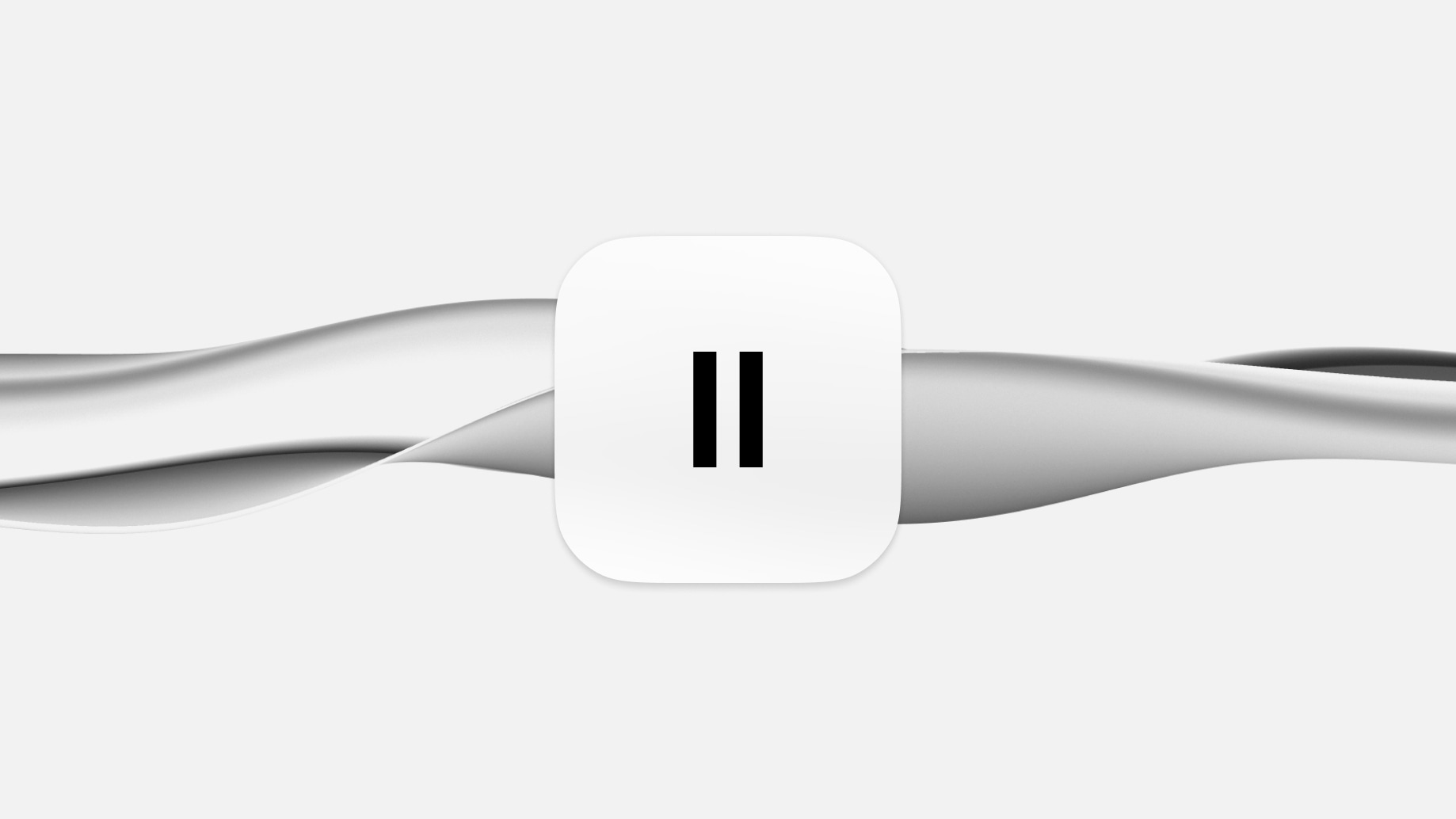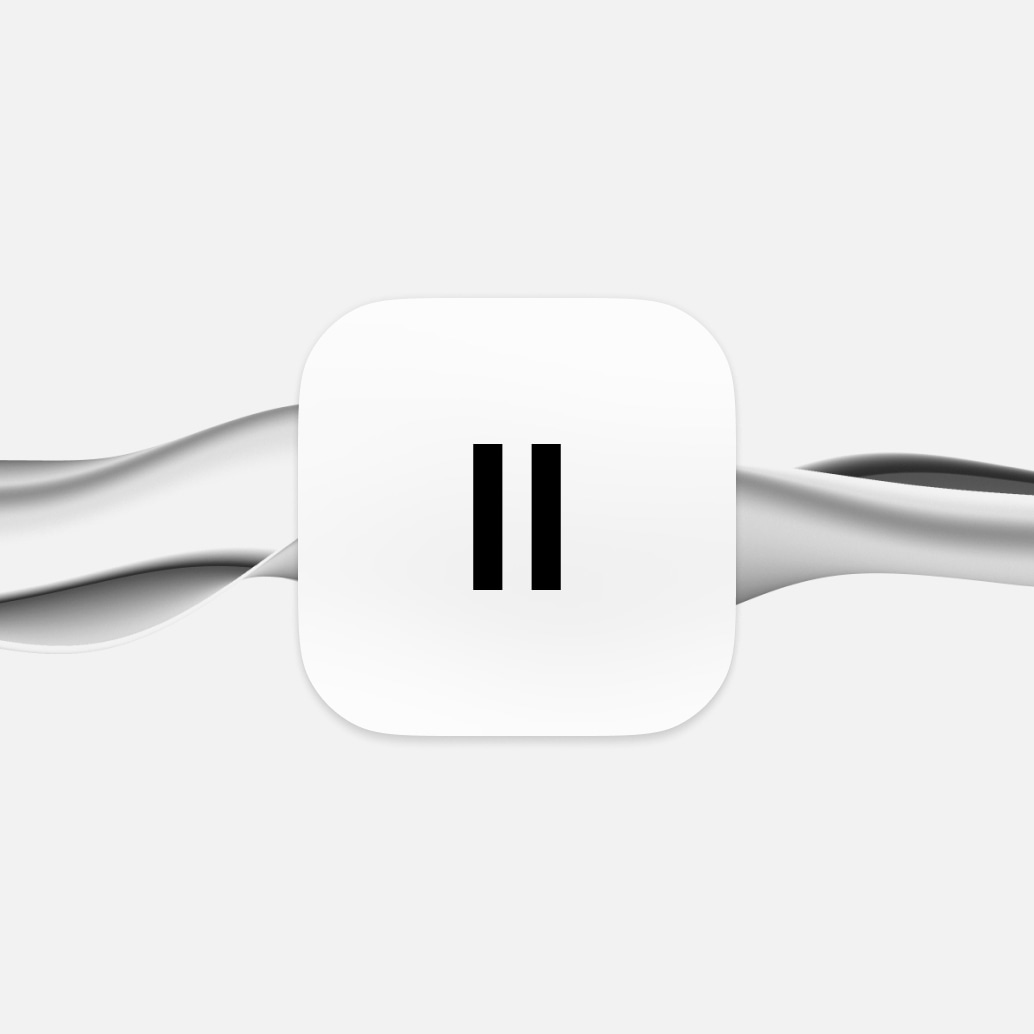
Text to Speech vs Speech to Text: Vad är skillnaden?
Lär dig allt om skillnaderna mellan text to speech och speech to text-teknologi.
Föreställ dig detta: Du kör till jobbet och din smartphone läser upp dina olästa mejl med hjälp av text-to-speech programvara (TTS). Ännu bättre, du skickar dina svar utan att ens behöva röra telefonen eller titta bort från vägen—allt tack vare
Dessa teknologier är inte bara roliga, futuristiska koncept. De blir snabbt en integrerad del av våra dagliga liv, förenklar vardagliga uppgifter och förbättrar tillgängligheten.
Låt oss dyka in i världen av AI-drivna TTS och STT, utforska vad de är, deras skillnader, hur de fungerar, vad man ska leta efter hos TTS och STT-leverantörer, och de olika sätten de används inom olika branscher.
Skillnaderna mellan TTS och Text från Tal
Det finns flera viktiga skillnader mellan TTS och text-från-tal-teknologi. Dessa är följande.
Funktionalitet
TTS (TTS) omvandlar skriven text till talade ord, medan Speech to Text (STT) gör motsatsen, transkriberar talade ord till text. TTS används för att göra skrivet innehåll hörbart, som en röstassistent för dem med synnedsättningar eller inlärningssvårigheter. STT, å andra sidan, fångar talat språk och omvandlar det till en skriftlig transkription, vilket är fördelaktigt för diktering och röstkommandon.
Användningskontext
TTS integreras ofta i e-läsare, offentliga utropssystem och virtuella assistenter för att ge ljudutgång. STT används i transkriptionstjänster, röststyrda applikationer och realtidsundertexter för hörselskadade. Användningskontexten för TTS är främst utgångsdriven, med fokus på att leverera information hörbart. I kontrast är STT inmatningscentrerad, med fokus på att fånga och bearbeta talat språk.
Teknologisk Tillvägagångssätt
TTS teknologi involverar textanalys, språkbehandling och talsyntes. Den måste exakt förmedla nyanserna i talat språk, inklusive intonation och rytm. STT kräver avancerade röstigenkänningsförmågor för att exakt transkribera olika accenter, dialekter och talmönster, ofta i realtid.
Vad är TTS (TTS)?
TTS (TTS) är en teknologi som omvandlar skriven text till talade ord. I grunden möjliggör TTS för datorer att läsa högt, omvandla vilken text som helst till en syntetisk röst. Denna teknologi används i stor utsträckning i applikationer som sträcker sig från virtuella assistenter till tillgänglighetsverktyg för dem med lässvårigheter.
Ett anmärkningsvärt exempel på avancerad TTS-teknologi är ElevenLabs' TTS-funktioner. ElevenLabs' TTS utmärker sig för sin förmåga att producera exceptionellt naturliga och människoliknande röstutgångar. Detta uppnås genom att använda sofistikerade AI-algoritmer som inte bara efterliknar ljudet av mänskligt tal utan också förstår och återger de nyanser och böjningar som kännetecknar naturliga talmönster.
Denna nivå av realism gör ElevenLabs' TTS idealisk för att skapa engagerande ljudinnehåll för olika medier, förbättra användargränssnitt med röstfeedback och erbjuda ett tillgängligt läsalternativ för synskadade användare.
Vad är Text från Tal (Speech to Text, STT)?
Text from Speech, also known as Speech to Text (STT), is the process of converting spoken language into written text. This speech recognition technology is pivotal in creating transcriptions from audio recordings, enabling voice commands, and facilitating real-time captioning for accessibility.
Several major providers have made significant advancements in STT technology. For instance, Otter.ai revolutionizes automated transcription with its AI-powered tool, efficiently converting audio and video into text. It offers features like AI-powered summaries, searchable transcripts, and a user-friendly interface, making it ideal for capturing meetings, lectures, and interviews in written form.
Microsoft Azure Speech to Text, another leading provider, excels in high-quality transcriptions, supporting more than 100 languages. Its customizable models and flexible deployment options cater to a wide range of professional needs, from creating searchable databases of audio files to enhancing app interactions with voice recognition.
Apple's Siri integrates STT into its ecosystem, offering versatile speech-to-text functionality across various devices. Siri's voice-to-text feature is particularly useful for hands-free operations, such as sending messages or composing emails, making everyday tasks more efficient for Apple users.
Hur fungerar TTS?
TTS (TTS) teknologi omvandlar skriven text till hörbart tal, en process som involverar flera intrikata steg.
Inledningsvis dissekerar TTS systemet texten, segmenterar den i fonem - de minsta ljudenheterna i vilket språk som helst. Denna segmentering är avgörande för systemets förmåga att korrekt uttala olika ord.
Efter denna fonemiska segmentering fortsätter systemet att omvandla dessa ljud till digitalt tal. Här spelar artificiell intelligens (AI) en avgörande roll. Genom att använda AI-algoritmer tränade på omfattande talade språkdatabaser kan systemet producera tal som ekar människoliknande toner och rytmer. Detta genererade tal justeras sedan med de identifierade fonemen, vilket resulterar i en naturligt klingande utgång.
Tack vare framsteg inom AI och maskininlärning har moderna TTS teknologier utvecklats märkbart. De kan nu förstå kontextuella nyanser, hantera flera språk och till viss del efterlikna emotionella böjningar. Dessa förbättringar har avsevärt humaniserat talutgången, vilket leder till mer naturliga och engagerande interaktioner med digitala enheter.
Vilka är de bästa TTS-leverantörerna?
De bästa TTS-programvarulösningarna är ElevenLabs, Murf och PlayHT. Här är en kort översikt över deras huvudfunktioner, fördelar, nackdelar och betyg av 5.
Hur fungerar Speech-to-Text?
Speech-to-Text (STT) teknologi omvandlar talat språk till skriven text genom en komplex, flerstegsprocess.
Först börjar det med att fånga talade ord, vanligtvis genom en mikrofon. Denna ljudinmatning omvandlas sedan till ett digitalt format som systemet kan bearbeta. Kärnan i STT ligger i dess förmåga att analysera denna digitala ljud. Det använder sofistikerade algoritmer för att bryta ner talet i mindre, igenkännbara segment.
Dessa segment är fonem, de minsta ljudenheterna i tal. STT-systemet matchar dessa fonem mot en fördefinierad språklig modell för att identifiera ord och fraser. Detta steg är avgörande för att förstå olika accenter, dialekter och variationer i tal.
Nästa steg är att systemet tillämpar naturlig språkbehandling (NLP) tekniker. NLP hjälper till att förstå kontexten och syntaxen i det talade språket, vilket möjliggör mer exakt transkription. Det gör det också möjligt för systemet att hantera komplexa meningsstrukturer och branschspecifik jargong.
Avancerade STT-system använder maskininlärning och djupinlärningsalgoritmer, som förbättras med mer data och användning. Dessa teknologier gör det möjligt för systemet att lära sig från nya talmönster, accenter och till och med språk över tid, vilket förbättrar dess noggrannhet och effektivitet.
Sammanfattningsvis involverar STT-teknologi ljudupptagning, fonemisk analys, språklig modellering och NLP, allt understött av maskininlärning, för att effektivt omvandla tal till text.
Vilka är de bästa Speech-to-Text-leverantörerna?
The best speech-to-text providers are Otter, Microsoft Azure, and Siri. Here’s a brief rundown of their main features, pros, cons, and rating out of 5.
TTS och STT: Noggrannhet och Utmaningar
TTS och Speech to Text teknologier strävar efter mänsklig liknande precision. Deras noggrannhet förbättras ständigt—men det betyder inte att den är perfekt. Här är vad du kan förvänta dig i termer av noggrannhet och utmaningar från båda dessa teknologier.
TTS (TTS) Noggrannhet och Utmaningar
AI-röst TTS teknologi har utvecklats avsevärt, men den står inför utmaningar. Den främsta är att uppnå naturligt klingande mänskliga röster. Medan moderna TTS-system kan producera tydlig och förståelig ljudutgång, återstår det en utmaning att införa mänskliga böjningar och känslor. Dessutom har TTS svårt med kontexttolkning, ibland feluttalas ord baserat på deras kontext. En annan utmaning är anpassningen av röster för att passa olika behov, såsom olika accenter och talmönster, vilket är viktigt för global tillgänglighet.
Text från Tal/Speech to Text (STT) Noggrannhet och Utmaningar
STT-teknologi har gjort framsteg i noggrannhet, särskilt med framväxten av djupinlärning. Men den stöter på svårigheter i bullriga miljöer där bakgrundsljud kan störa röstigenkänningen. Att exakt fånga och transkribera olika accenter och dialekter utgör också en betydande utmaning. Dessutom har STT-system ofta svårt med homofoner (ord som låter lika men har olika betydelser) och att förstå komplex syntax eller slang, vilket påverkar deras övergripande effektivitet i verkliga applikationer.
Användningar i Olika Branscher
TTS och Speech to Text teknologier har hittat innovativa användningsområden inom en mängd olika branscher, förändrar hur vi interagerar med information och förbättrar tillgängligheten.
TTS Användningar i Branscher
TTS-teknologi används inom olika sektorer. Inom utbildning hjälper den till att skapa tillgängliga läromedel för studenter med lässvårigheter eller synnedsättningar. Till exempel genom att omvandla läroböcker till ljudböcker.
Inom bilindustrin, TTS driver röstrespons i navigationssystem. Kundtjänstsektorn använder TTS för automatiserade svar i callcenter, vilket ökar effektiviteten. Dessutom är TTS avgörande inom underhållningsindustrin, särskilt inom spel och virtuella assistenter, där det ger interaktiva användarupplevelser.
STT Användningar i Branscher
STT-teknologi har olika tillämpningar över flera branscher. Inom sjukvården hjälper den till att transkribera läkare-patient-samtal och diktera klinisk dokumentation, vilket förbättrar effektiviteten. Inom juridiken används STT för att transkribera domstolsförhandlingar och juridisk dokumentation. Teknologin spelar också en avgörande roll inom media, hjälper till med realtidsundertexter av sändningar för hörselskadade. Inom företagsvärlden underlättar STT effektiva mötestranskriptioner, vilket förbättrar dokumentationen och tillgängligheten av information.
Slutliga Tankar
TTS (TTS) och Speech to Text (STT) teknologier, även om de verkar lika, tjänar olika funktioner. TTS omvandlar skriven text till talade ord, ger liv åt skrivet innehåll med människoliknande röster. I kontrast gör STT motsatsen, omvandlar talade ord till skriven text, fångar nyanserna av talat språk i ett textformat.
Båda teknologierna utnyttjar avancerad AI, men de tillgodoser olika behov: TTS för auditiv konsumtion av skrivet material, och STT för att skapa skriftliga register över talat innehåll.
Redo att börja? Prova Eleven v3, vår mest uttrycksfulla text-to-speech-modell hittills.
För de som är intresserade av att uppleva toppmodern TTS-teknologi, registrera dig för ElevenLabs idag. Du kommer inte bli besviken.

Utforska artiklar av ElevenLabs-teamet

Eleven Music: new tools for exploring, editing and producing music with AI
Introducing a set of updates that expand what creators and developers can build with Eleven Music.

Building clinical-grade voice agents for Pharma
Increasing physician reach by 30% and cutting admin time by 10 hrs/week

